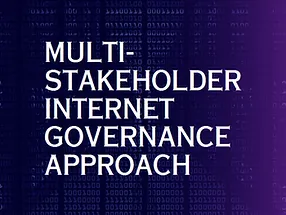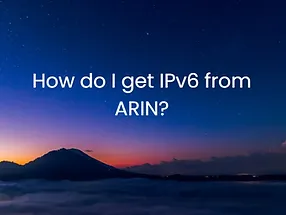Do you own your IP address? This question has been a subject of much debate over the years. Ultimately, the answer to this question depends on how Internet governance is shaped.
Since the Internet was developed in the United States, the US retains a huge influence on how it should be governed. In 2005, the International Telecommunication Union (ITU) suggested that the US relinquish their outsized influence on Internet governance. To take its place would be a UN body that represents a more diverse viewpoint.
But instead of pitting one big entity against another, there is a different approach to defining Internet governance: one in which all voices and rights are represented, including your right to own your IP address. It is the multi-stakeholder approach to Internet governance.

A Brief Overview of the Multistakeholder Approach
Traditionally, Internet governance was primarily overseen by governments and intergovernmental organizations. However, the multistakeholder approach recognizes that other groups should have a say in shaping Internet policies. These groups include civil society organizations, the private sector, technical experts, academia, and individual users.
Since 2005, the World Summit on the Information Society (WSIS) and numerous international organizations have endorsed the multistakeholder approach for Internet governance.
Instead of being a collection of rules, the multistakeholder approach is a set of practices that individuals and organizations can follow to create strategies and policies that enhance Internet governance.
Principles for Internet Governance
To ensure the multistakeholder approach remains effective in our interconnected world, we need to understand its key attributes. The Internet Society has identified these attributes, which enhance organizations’ ways of working and their ability to address complex, cross-border Internet issues. The sectors that are included in this model are: the government, private sector, technical community, academic community, and civic society.
The following are characteristics of Internet governance that follows a multi-stakeholder approach:
Open and participative
Decisions are made only when the widest consensus of voices is heard.
Distributed and collaborative
Stakeholders from different sectors and geographical regions are given a chance to express their voice.
Transparent and accountable
Decisions are made using a bottom-up approach, so that the stakeholders that are most affected have the biggest influence.
Equal and equitable
Stakeholders, especially in economically disadvantaged areas, are given a chance to participate. Ultimately, this inclusion will create more opportunities for social inclusion through high-quality access to the Internet.
By using the multistakeholder approach, we can address a wide range of issues that:
– Impact diverse stakeholders
– Involve overlapping rights and responsibilities
– Require different expertise
– Rely on legitimate and accepted decisions for implementation.
If these principles sound familiar, it’s because they are nothing new. These are the same principles that created the Internet as it is today: a fair, open, and all-accepting drive towards collaboration.
The aim is to ensure a wide range of viewpoints are considered and that decisions are made collectively, reflecting the interests and concerns of different stakeholders.
NRS advocates for a world where you can have the right to own your IP address. A multistakeholder approach is one way to reach this goal. You are, as an individual, an integral part of Internet governance. Let your voice be heard in the policies that shape the Internet.




